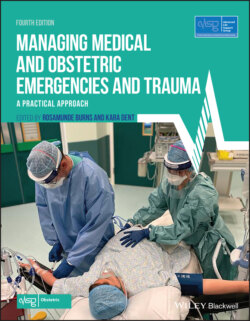Читать книгу Managing Medical and Obstetric Emergencies and Trauma - Группа авторов - Страница 27
2.4 Recent lessons Obstetric injury today
ОглавлениеIn 2006–2008 there were, for the first time, no deaths from genital tract trauma and the chapter dealing with these cases was discontinued. Nevertheless, the report commented that genital tract tears were implicated in two women who died of postpartum haemorrhage. The risk of trauma has not disappeared and, indeed, high vaginal tears have become more difficult to deal with because of the current prevalence of obesity. The CEMD recommended that a surgeon faced with life‐threatening haemorrhage should routinely ask a colleague to come and help. Genital tract trauma is again featuring in maternal deaths and in the first MBRRACE‐UK report covering deaths from 2009 to 2012 there were seven deaths due to haemorrhage following genital tract trauma. In 2013–2015 only one woman died from genital tract trauma but in 2016–2018 a further four women died of that cause. However, when the care of a random sample of 34 women who survived a major obstetric haemorrhage (transfusion of 8 or more units) was reviewed in the 2018 report, 11 women were noted to have had a haemorrhage caused by genital tract trauma, emphasising the substantial burden of morbidity that underlies the small number of deaths.
